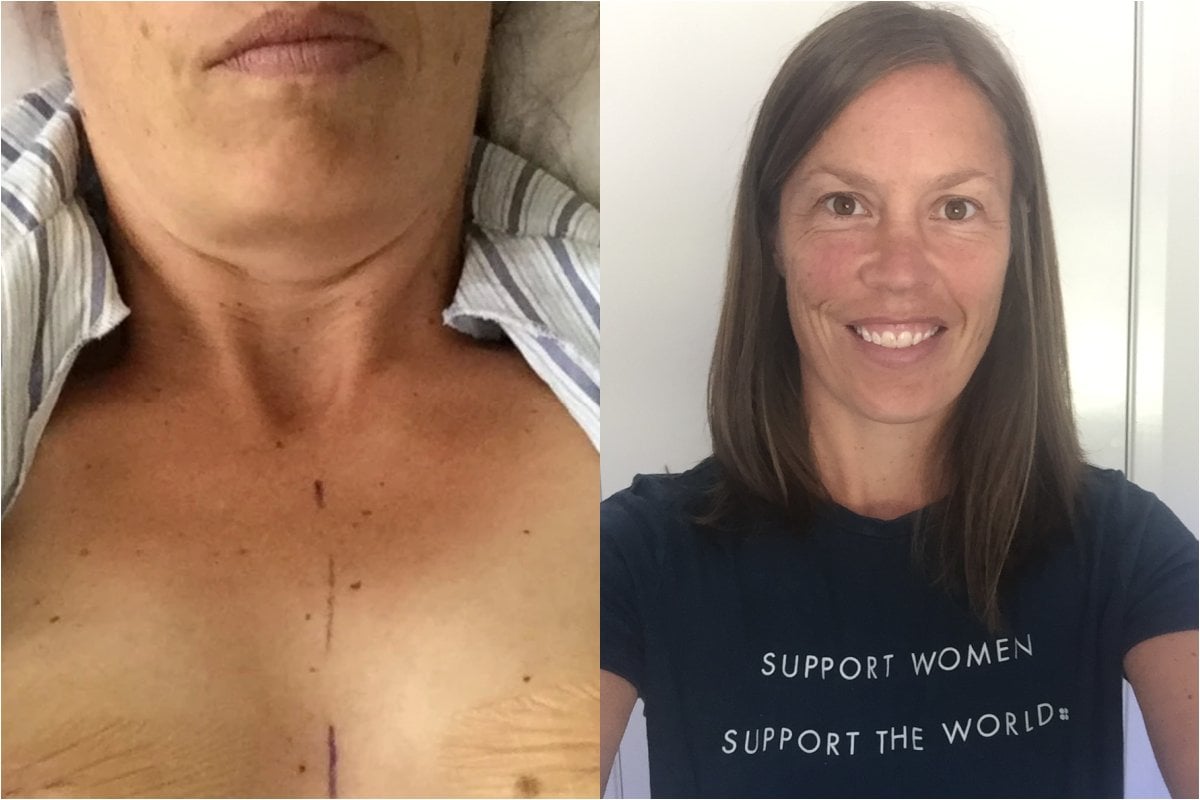
I’m Robyn – I'm a 42-year-old mother of three from Canberra. I devastatingly lost both my grandmothers to breast cancer, and my own mother to ovarian cancer. When I learned I carried the BRCA2 gene mutation, which puts carriers at high risk for both cancers, I "did an Angelina" and decided to have a risk-reducing double mastectomy.
I want to share my story with the hope that it may help other women who are navigating the complex and terrifying world of breast surgery. I also want to be a role model for my young girls who are approaching their teenage years and the social pressures that come with it.
Bye old boobs. Hi new boobs. Hi health issues.
It's a tough decision to chop off your breasts "just in case" you develop cancer in the future. I was a fit and healthy 39-year-old woman. I liked my boobs, and they had served my family well through breastfeeding my three babies, so I visited many surgeons during my decision-making process. All of them recommended various risk-reducing surgeries, including a double mastectomy.
When I was investigating mastectomy options, my surgeon ran through the two reconstruction options that she could perform: breast implants and aesthetic flat closure. She explained the reconstruction decision was my choice, but at the same time, referenced an evidence-based study that showed better mental health outcomes for women who woke up post mastectomy with some form of breast.
In my vulnerable state and desperate search for guidance from my surgeon, I thought breast implants sounded like the way to go.
In February 2019, I had my double mastectomy with immediate reconstruction using implants - crying all the way up until the anaesthetic went in. I took a long time to recover from the surgery, but when I slowly did, I didn't mind my new breasts that no longer required a bra.


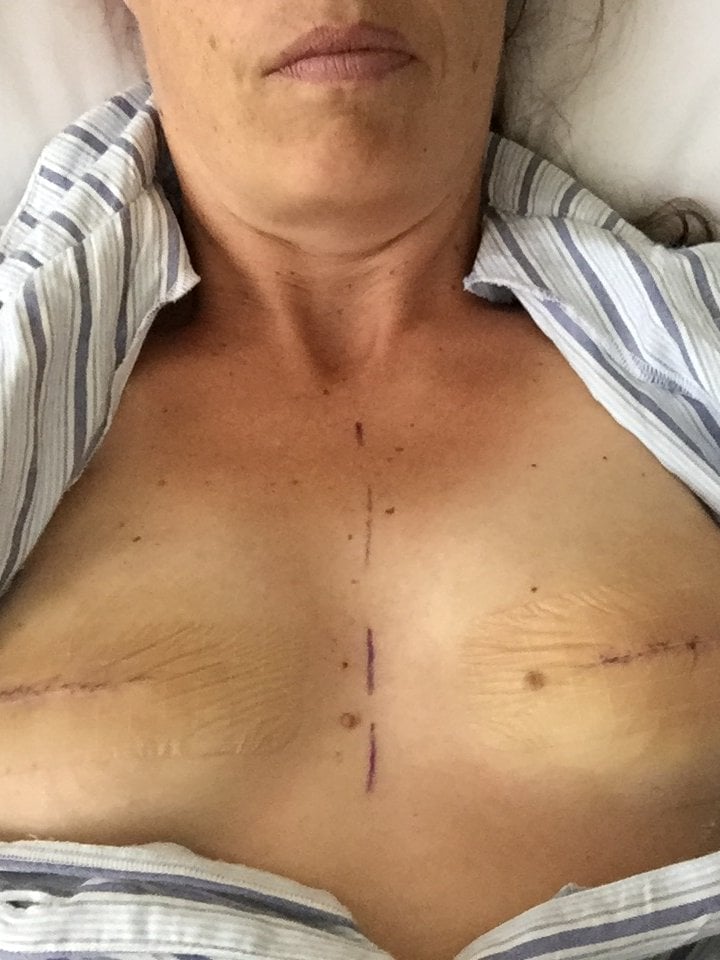
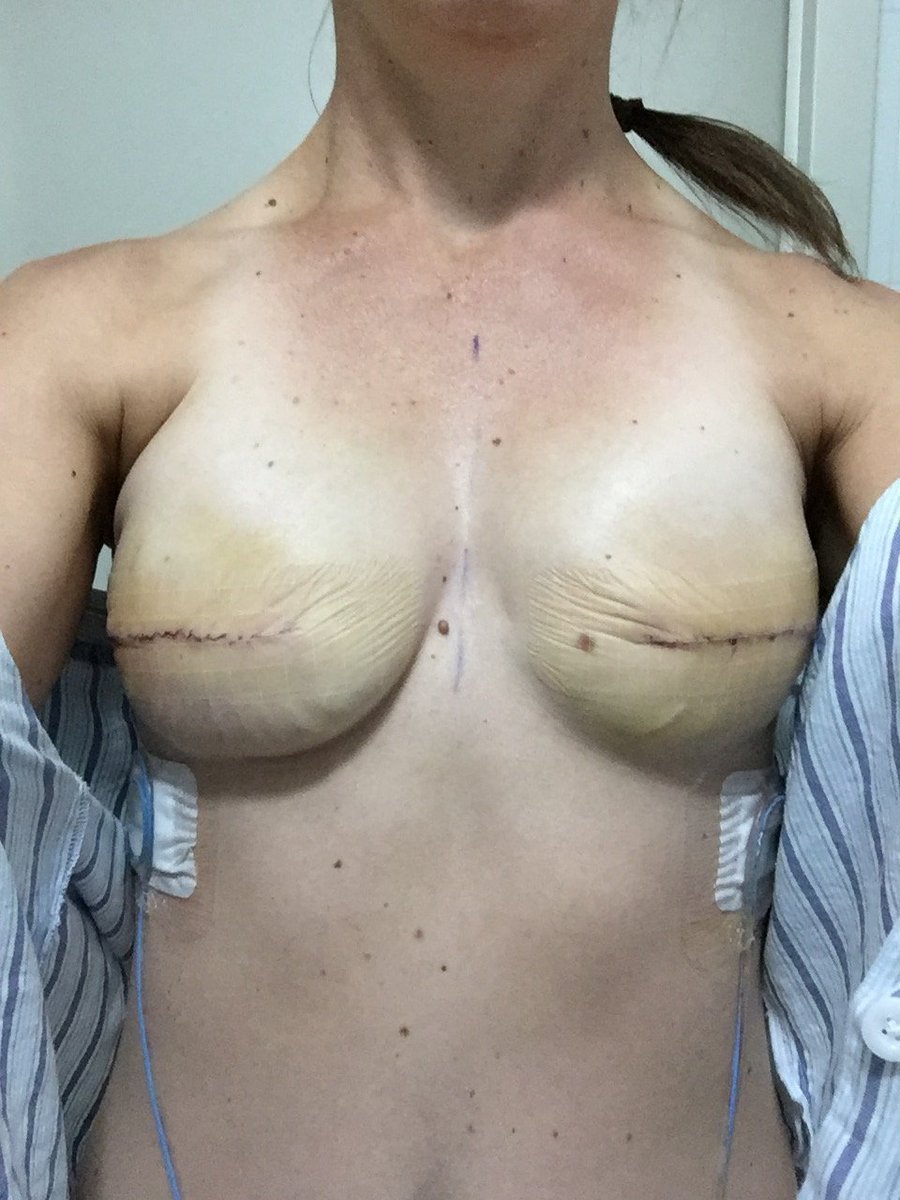
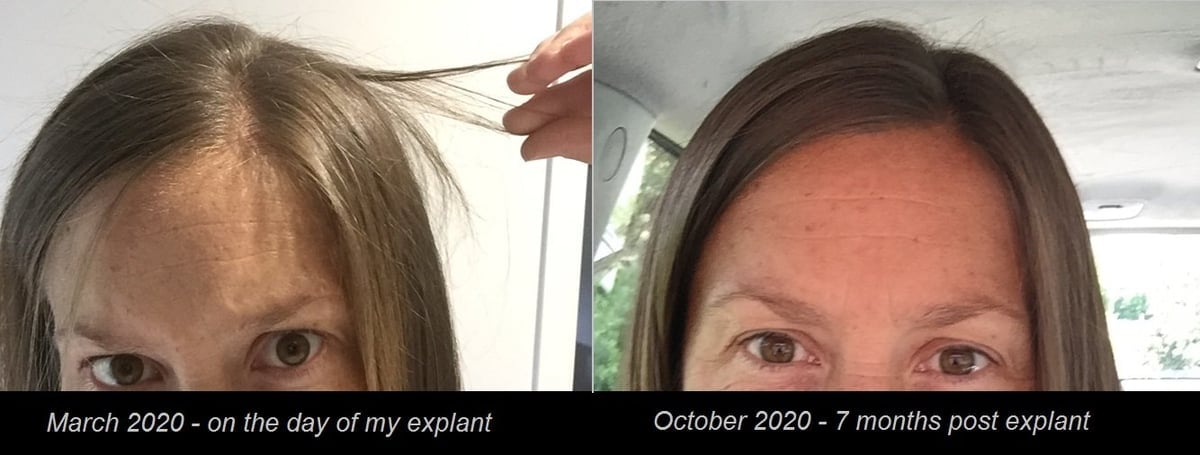
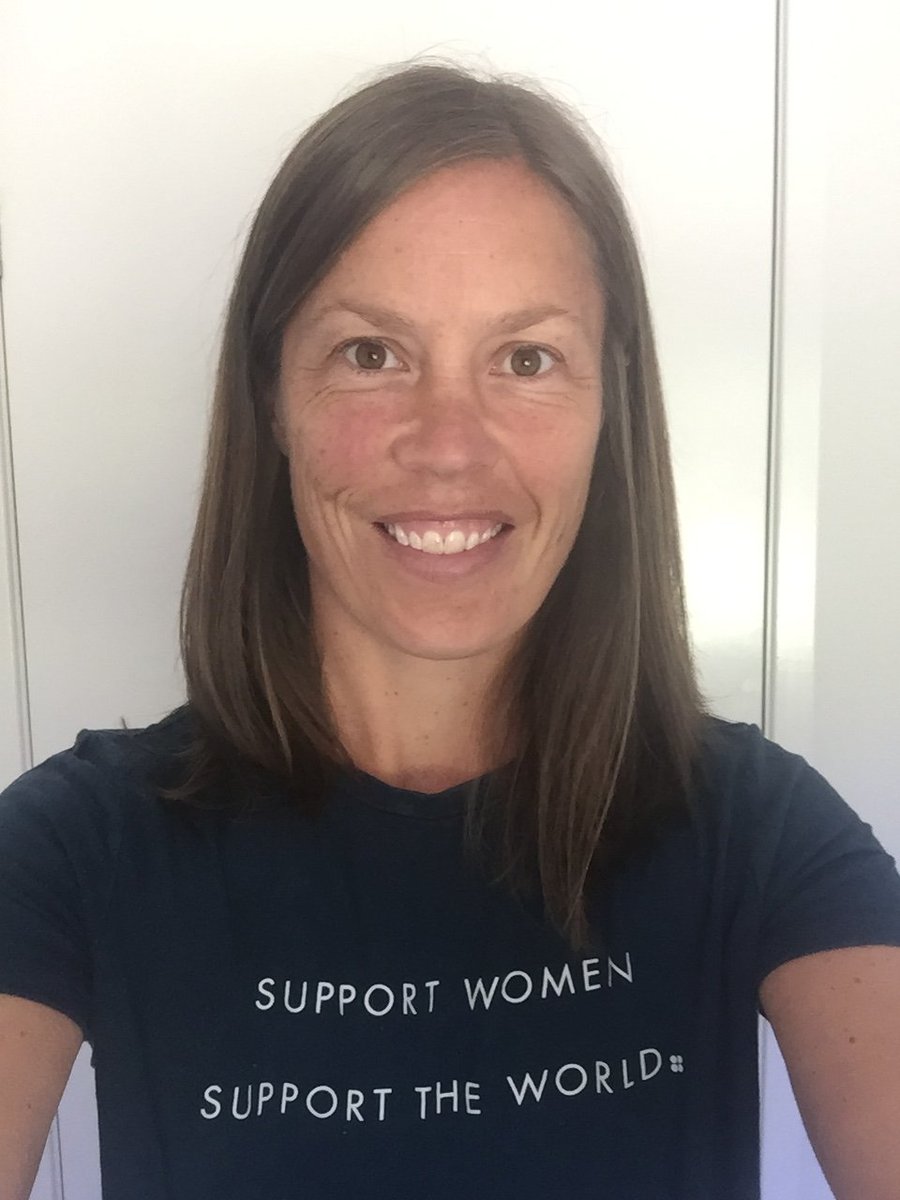
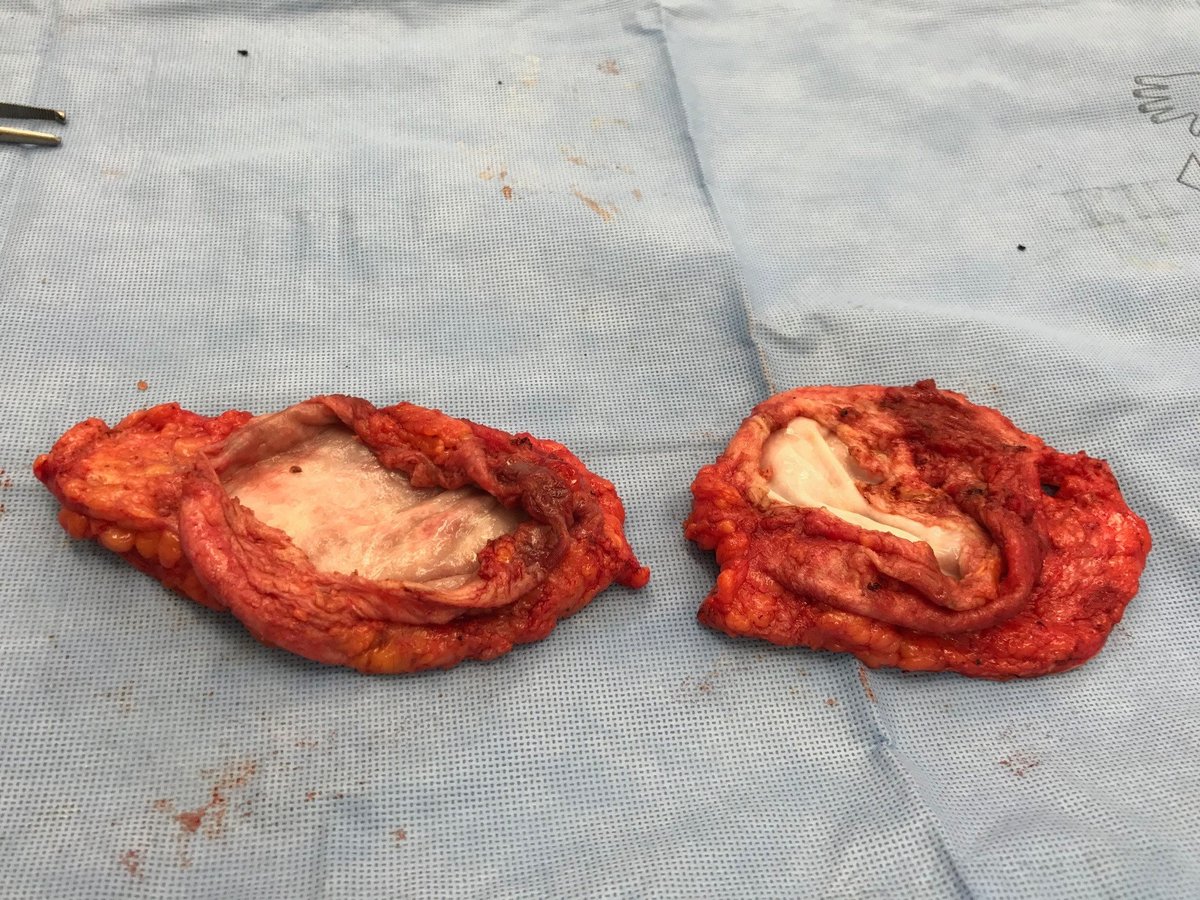
Top Comments